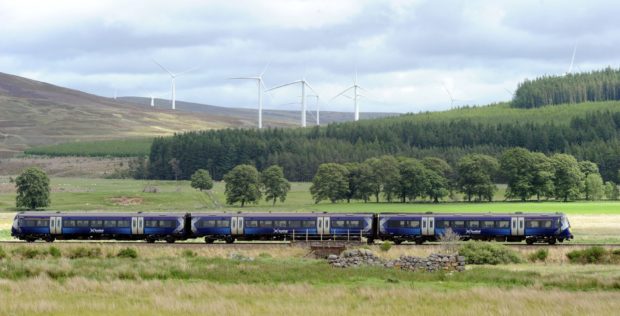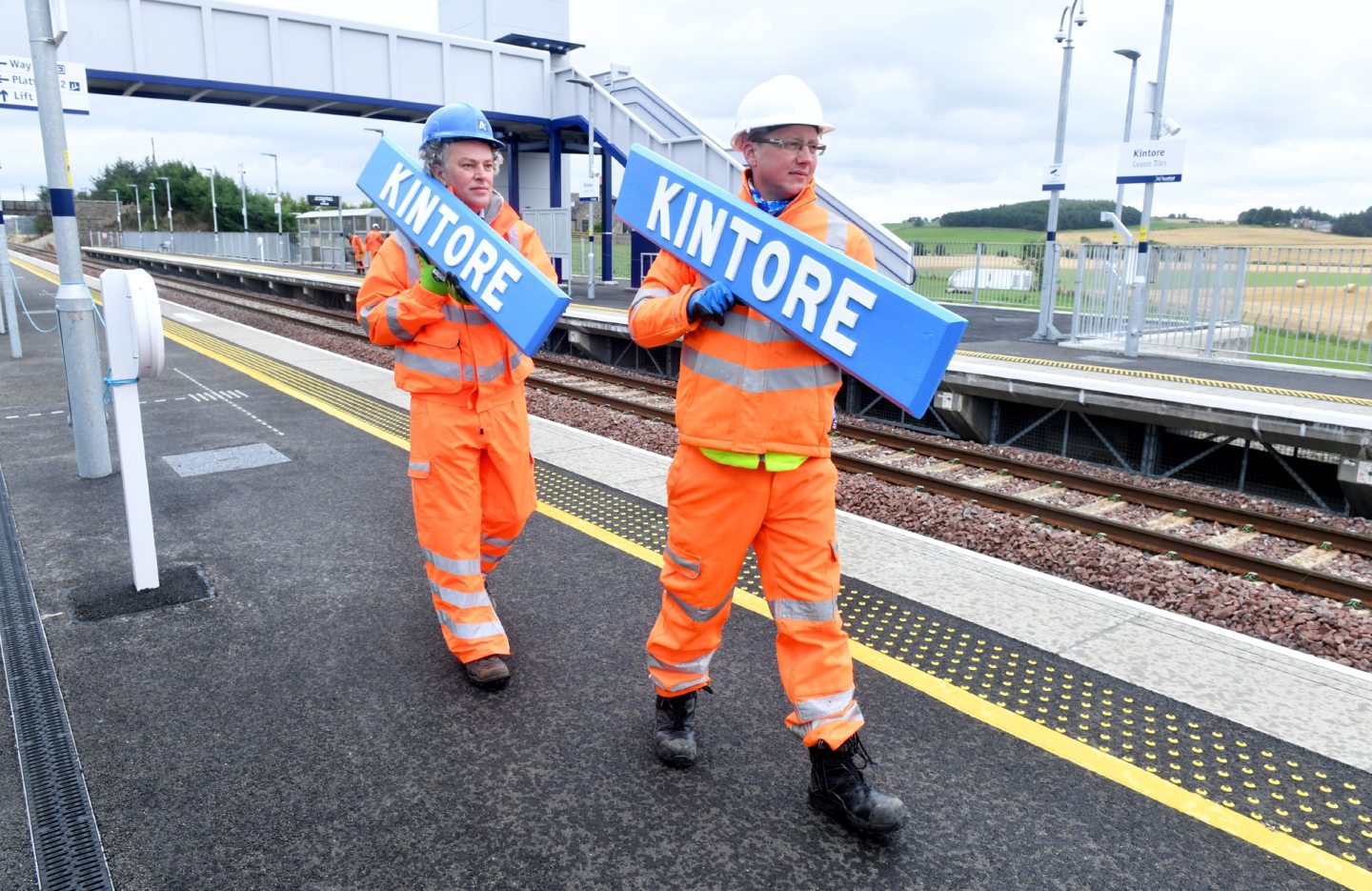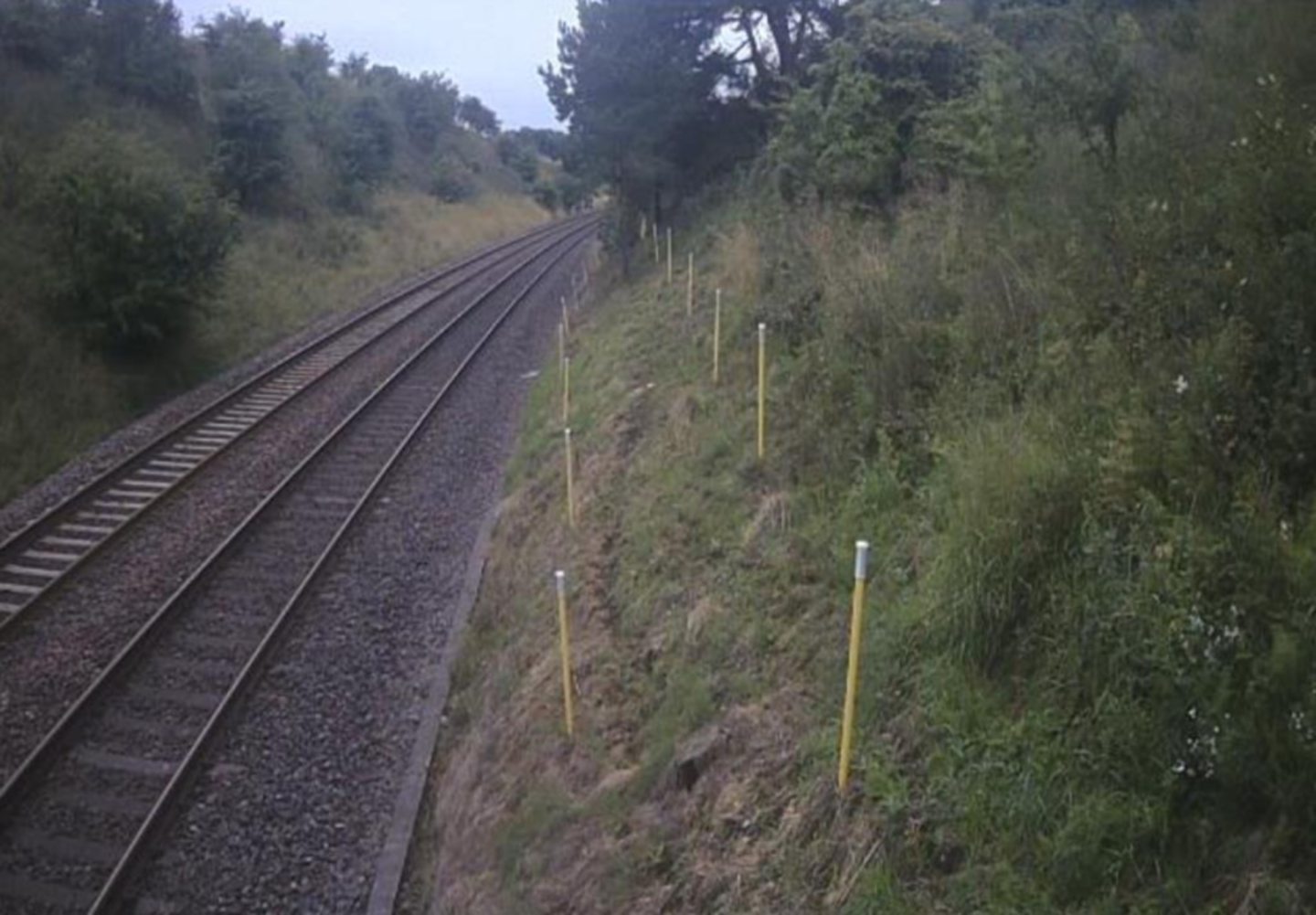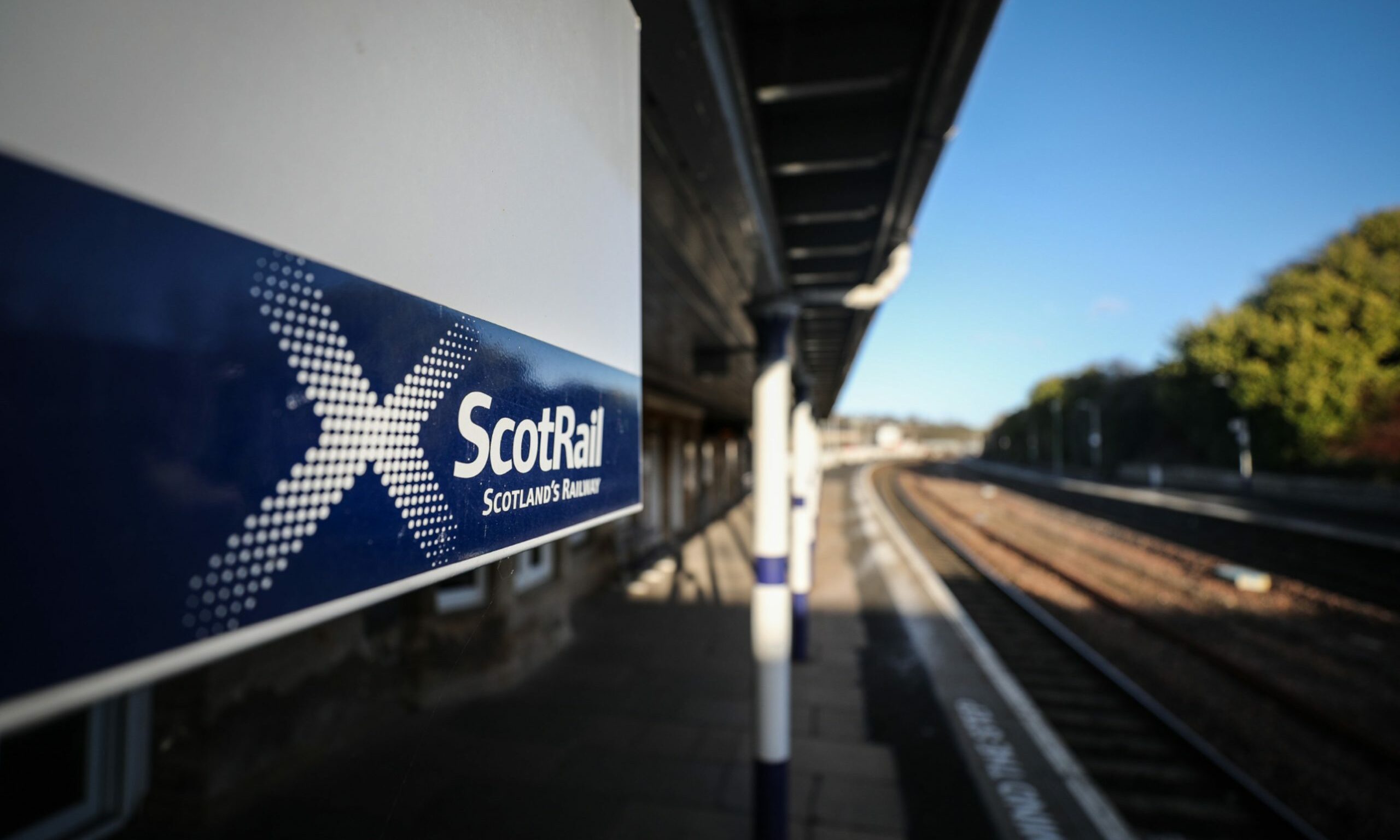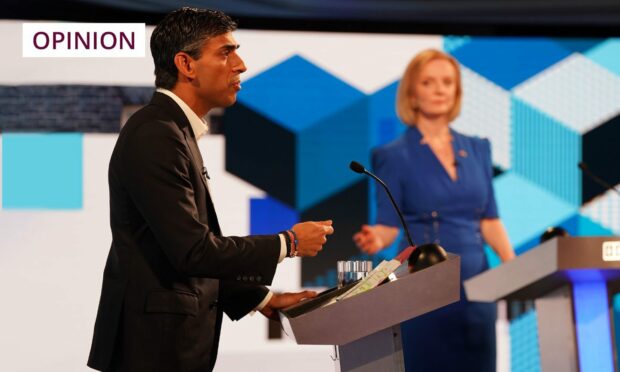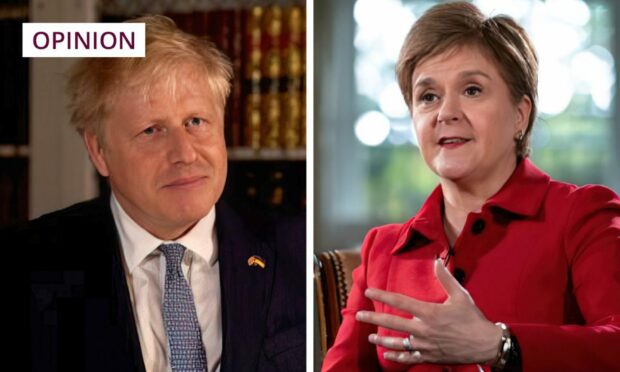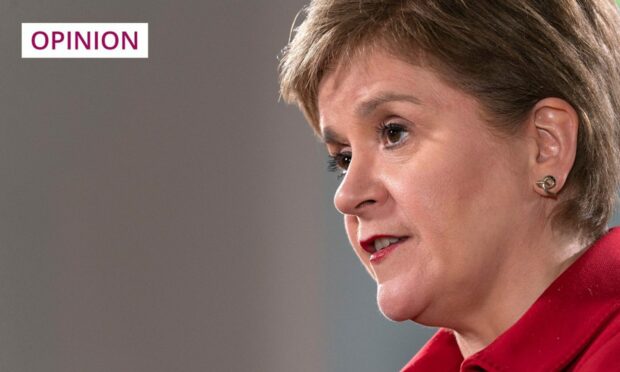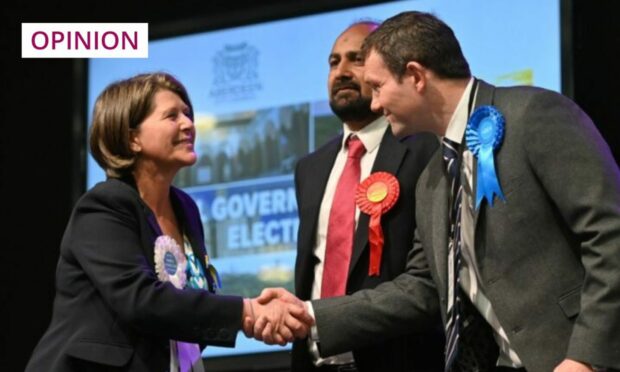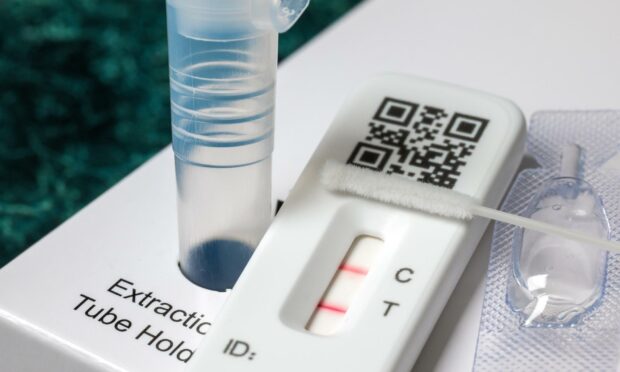In just a few weeks’ time, Scotland’s transport system will see its biggest shake-up in decades, when the Scottish Government nationalises the country’s train services.
I was delighted to hear Transport Minister Jenny Gilruth confirm that ScotRail will be taken into government control on April 1. She admitted, however, that a lot of work remained to be done to bring the rail services to an acceptable level and called for a “national conversation” about how they should look in a post-pandemic world.
I must, at this point, declare an interest: I am a passionate fan of railways. Whenever possible, I travel by train in preference to driving or flying.
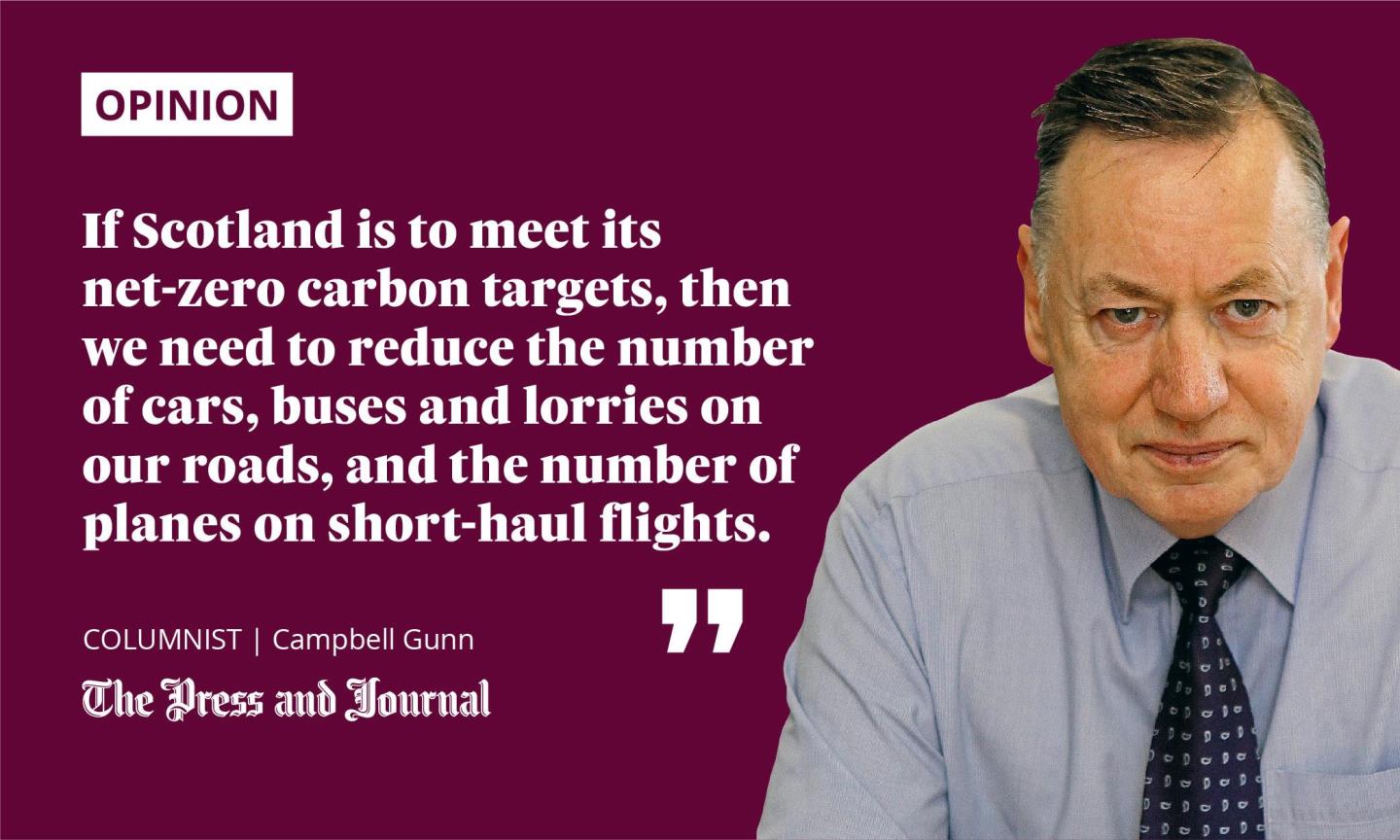
As a political journalist, I always took the train to London when going to Westminster rather than going by plane. By the time travel to and from air terminals at either end was taken into account, there wasn’t much difference in the time taken city centre to city centre, and the train, as well as being much more comfortable, allowed for work to be done during the journey.
A lot more can and should be done to our railways
I look forward to hearing what improvements to ScotRail public ownership will bring. But, of course, the fact that ScotRail will soon be Scottish Government-owned does not bring the entire rail system under Holyrood control.
The tracks and the main railway stations are owned and operated by Network Rail, an arms-length UK Government body, answerable to the Department of Transport at Westminster. However, to give them their due, Network Rail has been investing heavily north of the border.
As an example, the new Kintore station, opened over a year ago, was built by Network Rail and connects the town to rail for the first time since the Beeching cuts of the 1960s. But it cannot be denied there is a lot more that could and should be done both by Network Rail and the Scottish Government once they take over ScotRail.
Scotland has more than 2,800 kilometres of track, yet only just over 700 kilometres is electrified. Campaigners want to see this expanded, with the lines from the Central Belt to both Aberdeen and Inverness electrified.
Currently, Network Rail is investing more than £4 million in renewing the track between Dundee and Aberdeen
Railfuture Scotland, a campaign group in favour of expanding Scotland’s rail network, has listed the top 50 stations it believes should be re-established, including several in the north-east and the Highlands, such as Kittybrewster and Culloden.
Encouraging investment has been made
Currently, Network Rail is investing more than £4 million in renewing the track between Dundee and Aberdeen, with rails being replaced entirely around Cove Bay, Montrose and Arbroath.
Work is being carried out in the Highlands, too, to install “request to stop” kiosks at eight unmanned stations on the North Line, such as Altnabreac, Rogart and Invershin.
This will end the need for passengers to simply flag down an approaching train and allow them to use a radio system linked directly to the driver’s cab. The new system should be in place by this summer.
There’s also a £1.8 million project to improve drainage on the Fort William to Mallaig line, with work beginning next month. And, following serious accidents and hold-ups due to landslips, “tilt meters” are being installed at 26 sites across Scotland, including between Aberdeen and Inverness and on the line to Kyle of Lochalsh, which will alert engineers to any movement on land alongside the tracks.
These are all welcome investments but are simply marking time. Much more needs to be done.
Reopen disused lines and get people off the roads
The reopening of the Borders Rail link in 2015 shows that there is a demand for new stations and lines, with passenger use there far greater than the original projections. This line, successful as it is, should be extended to Carlisle, where it went before it closed more than half a century ago.
When we remember that the short Borders Railway reinstatement alone cost the Scottish Government £300m, £600m of investment would hardly touch the sides
Ideally, even more disused lines should be reopened, though the re-establishment of former stations on existing lines is a more realistic immediate prospect. In the short term, Railfuture Scotland wants to see the reopening or relaying of more than 20 short “feeder lines” including from Lossiemouth and Old Meldrum.
All of these expansion proposals, particularly the reopening of former lines, would be expensive. During the last general election campaign, Boris Johnson promised a £600 million investment in rail services, with Scotland receiving Barnett consequentials – around 10% – from this total. But, when we remember that the short Borders Railway reinstatement alone cost the Scottish Government £300 million, that amount of investment would hardly touch the sides.
If Scotland is to meet its net zero carbon targets, then we need to reduce the number of cars, buses and lorries on our roads, and the number of planes on short-haul flights.
The only way this can be done effectively is by developing rail services, as well as electrifying railway lines to reduce the number of polluting diesel trains. This will require massive funding from Holyrood and Westminster.
But, if we’re serious about the pledges made just a few months ago at COP26, then that investment is a necessity.
Campbell Gunn is a retired political editor who served as special adviser to two first ministers of Scotland, and a Munro compleatist
